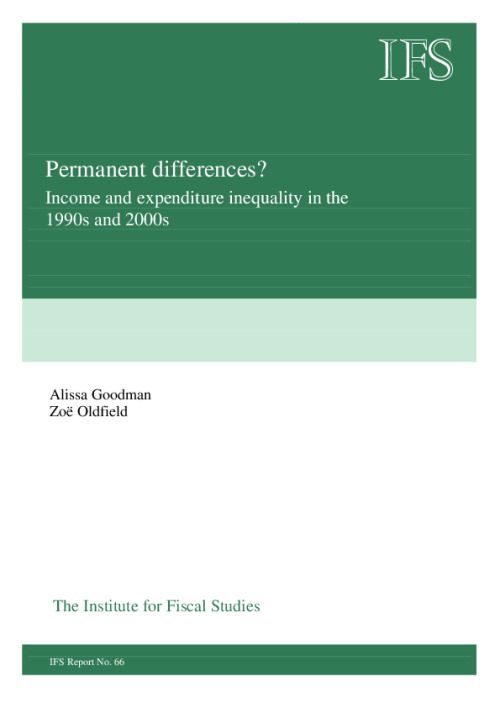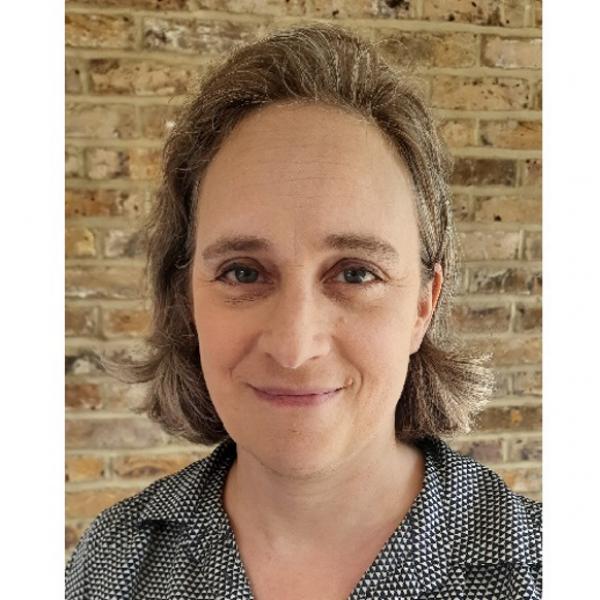This report sets out what has happened to income and expenditure inequality in the 1990s and early 2000s, comparing the changes to previous decades. Although income is very often used for assessing living standards in this country, spending is often more informative, because many people can choose to borrow, save or run down their savings at any given time, in order to adjust their standard of living.
We show that the 1990s were quite different to the 1980s both in terms of income and expenditure inequality. Both income and spending inequality returned to a fluctuating path in the 1990s, in contrast to the sustained increases in inequality in both measures of material well-being that took place over the 1980s. Despite these fluctuations, although expenditure inequality has fallen slightly from its peak in 1990, income inequality remains at a 40 year high.
The fact that there has been no big reversal in income inequality, despite very large redistribution by the Government, suggests that era of high inequality ushered in during the 1980s may be here for some time to come.










